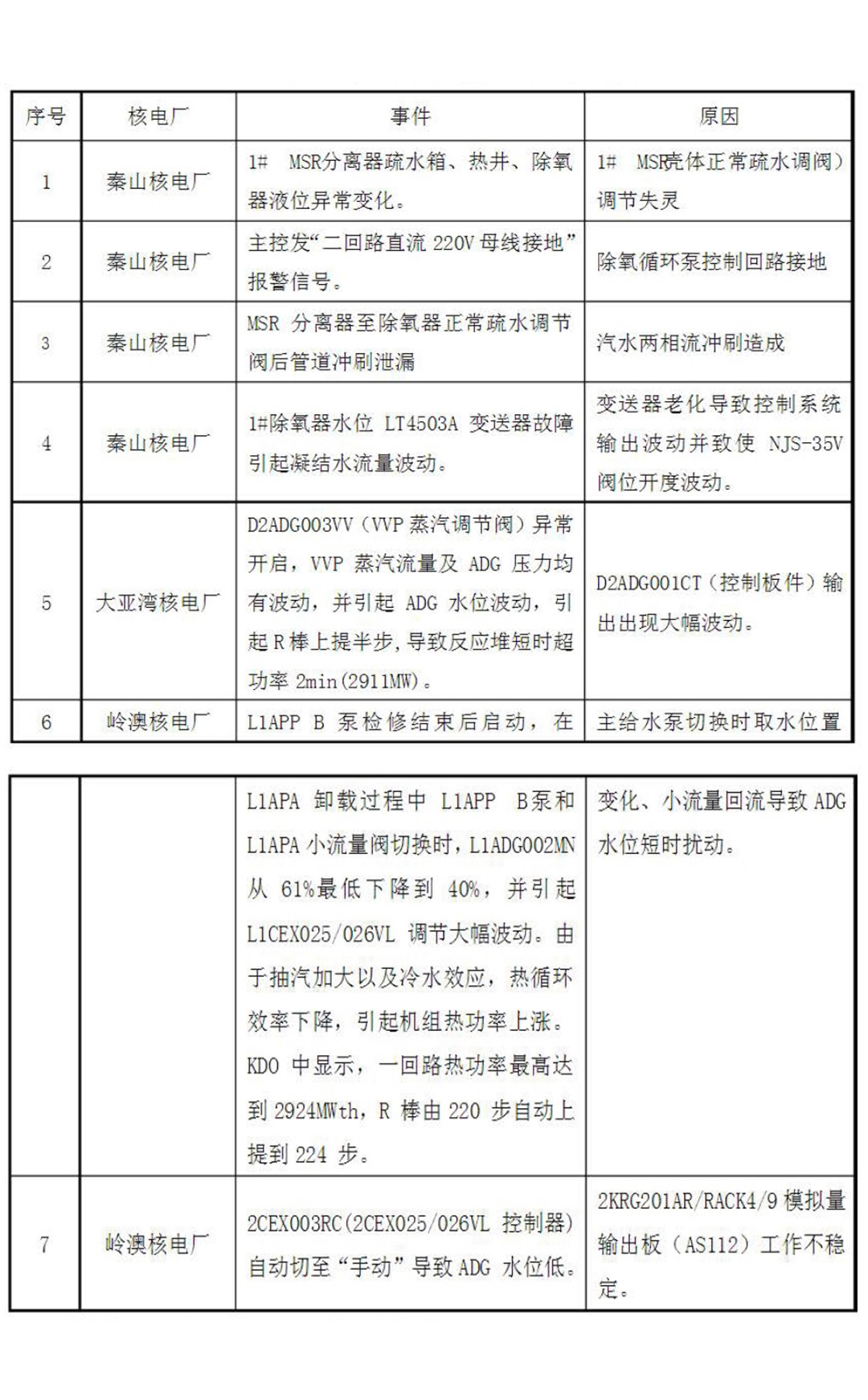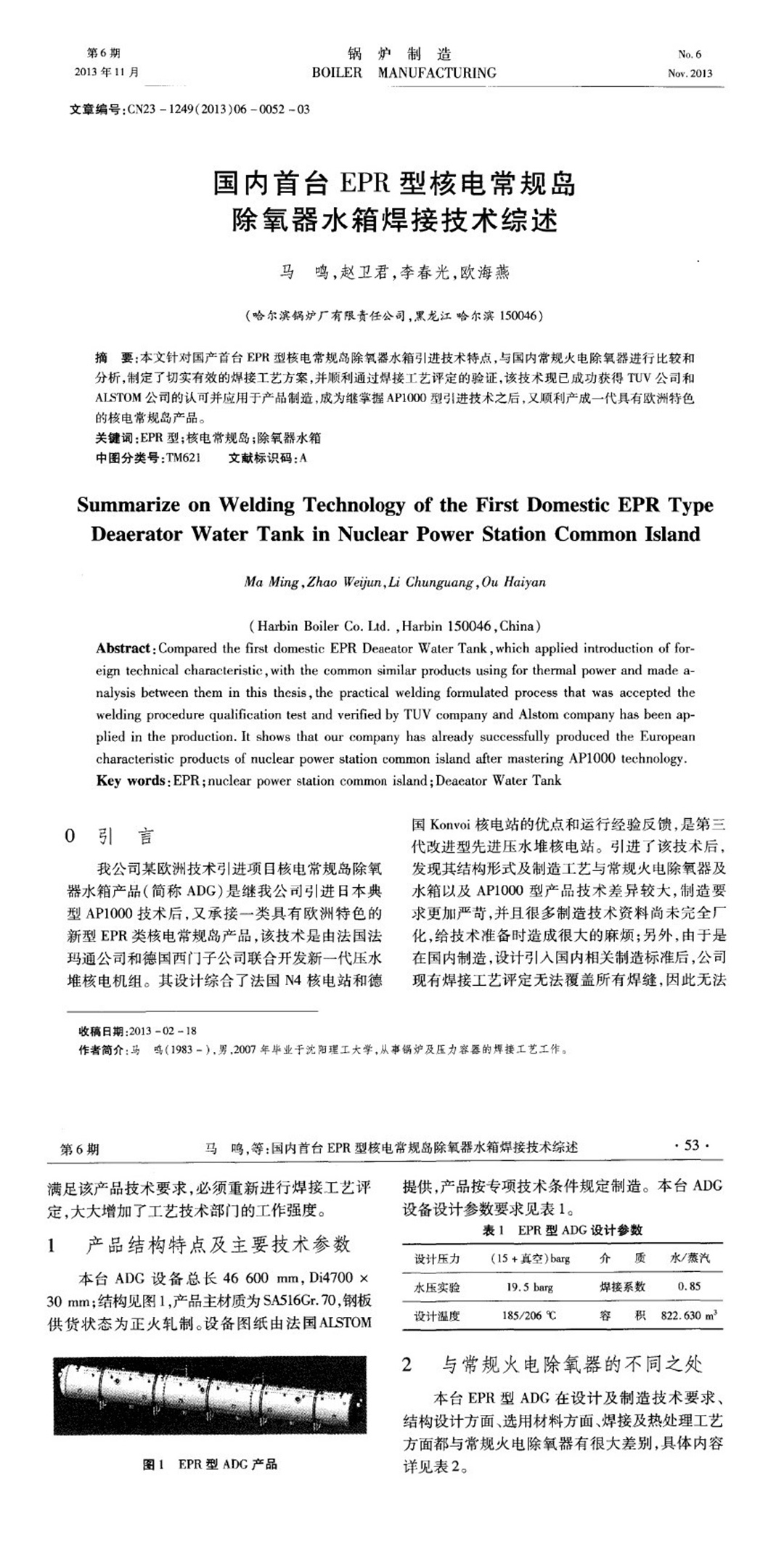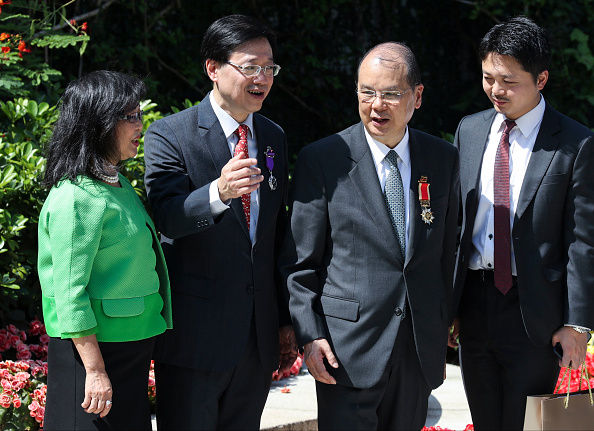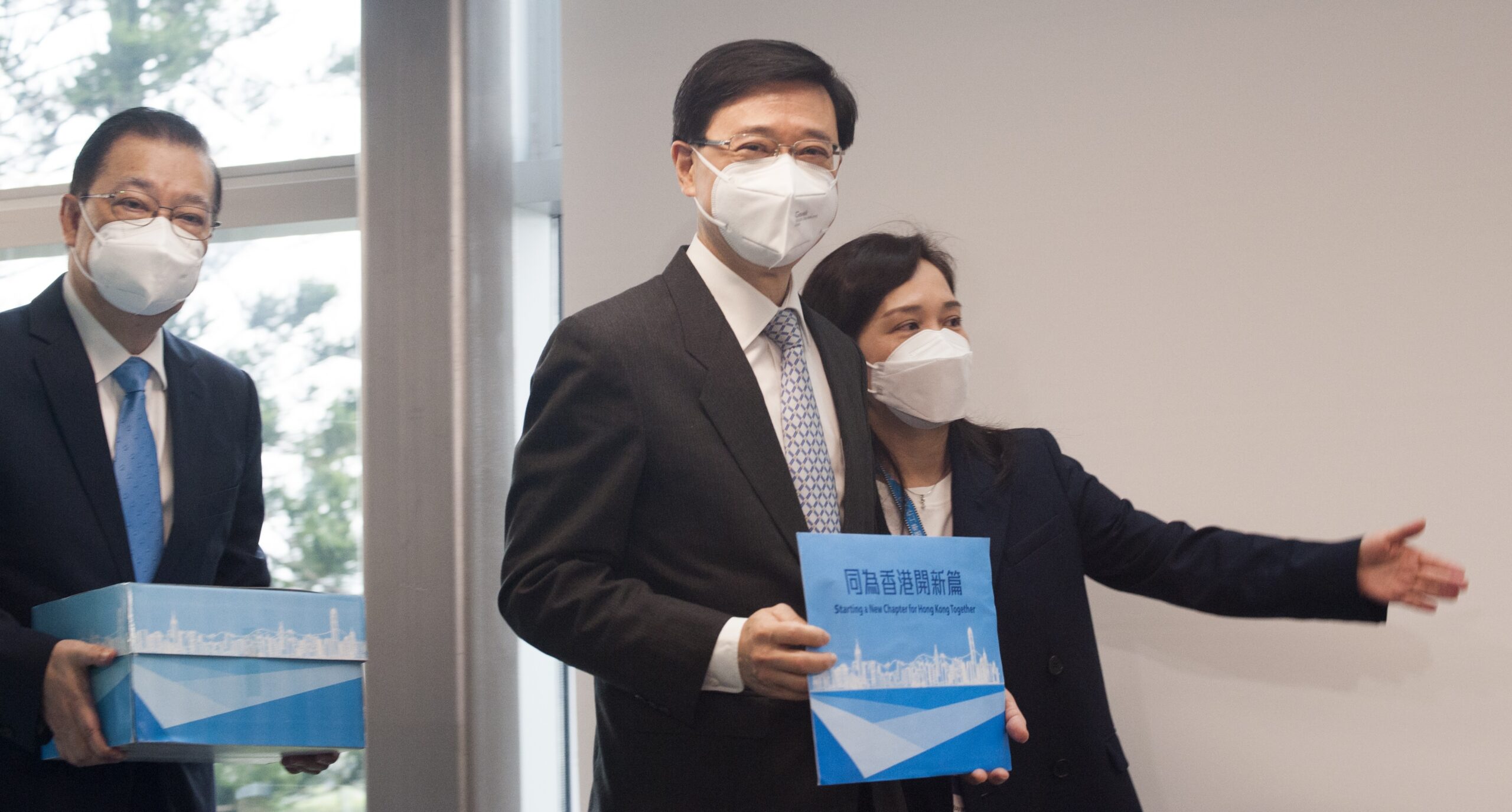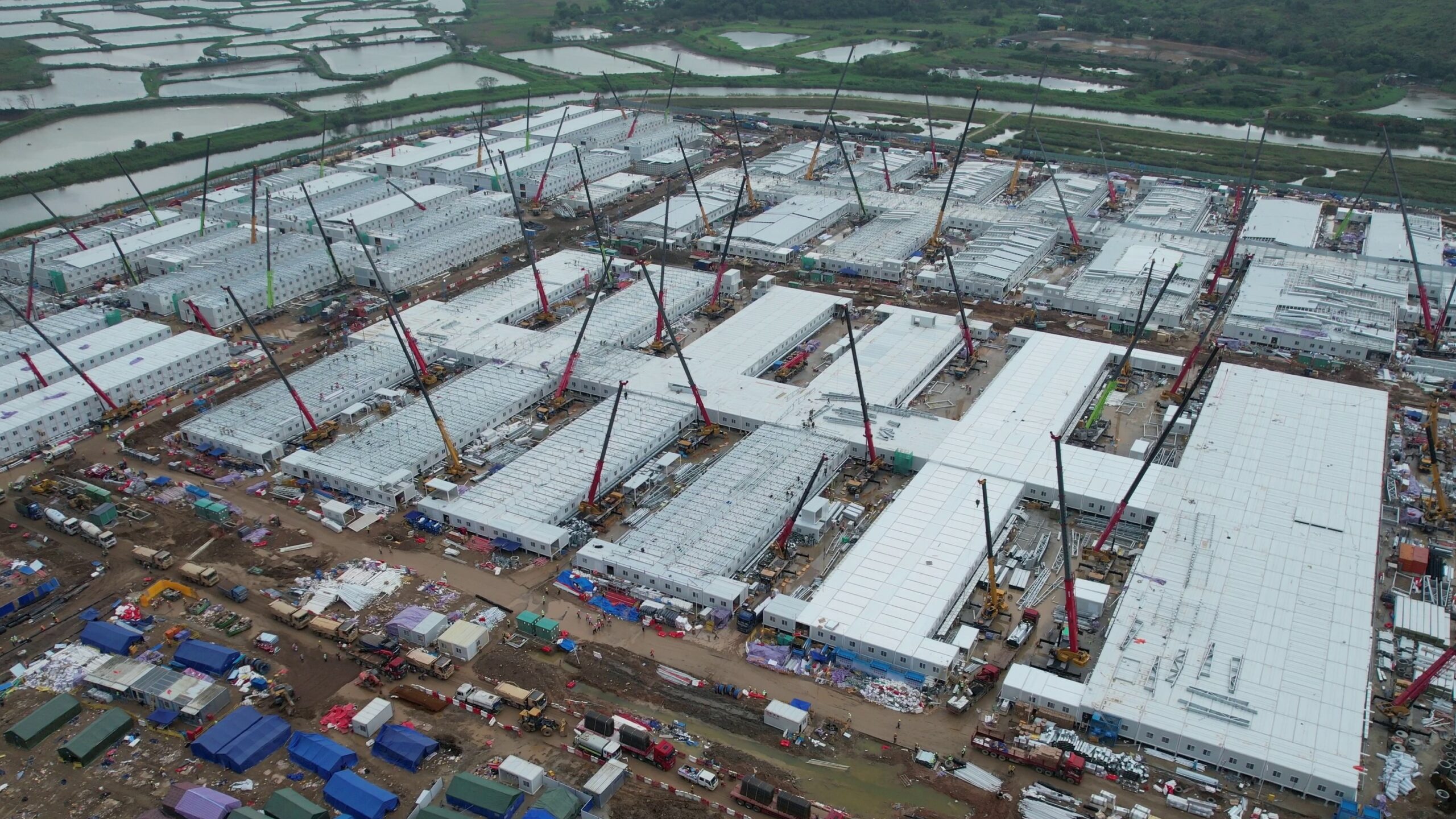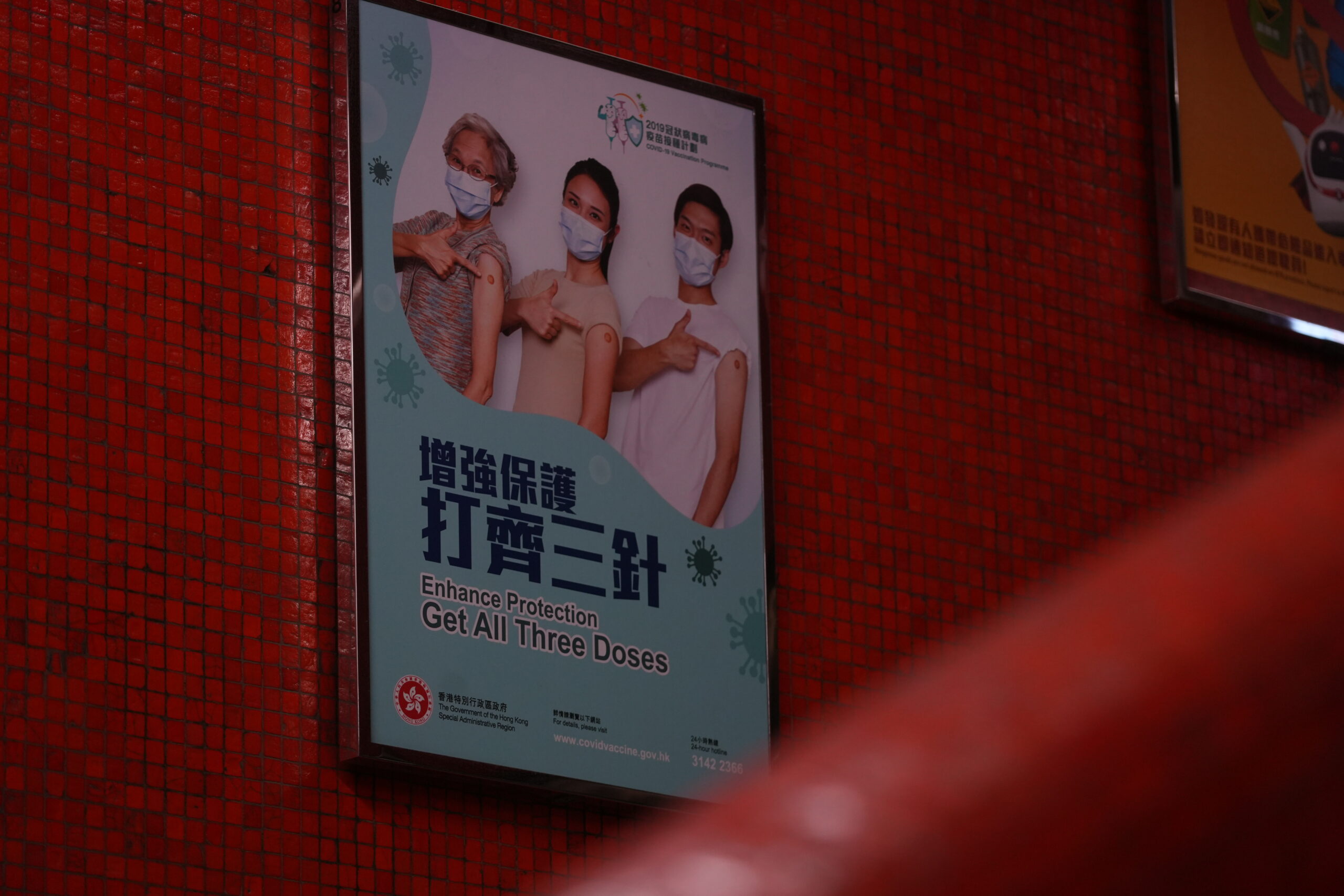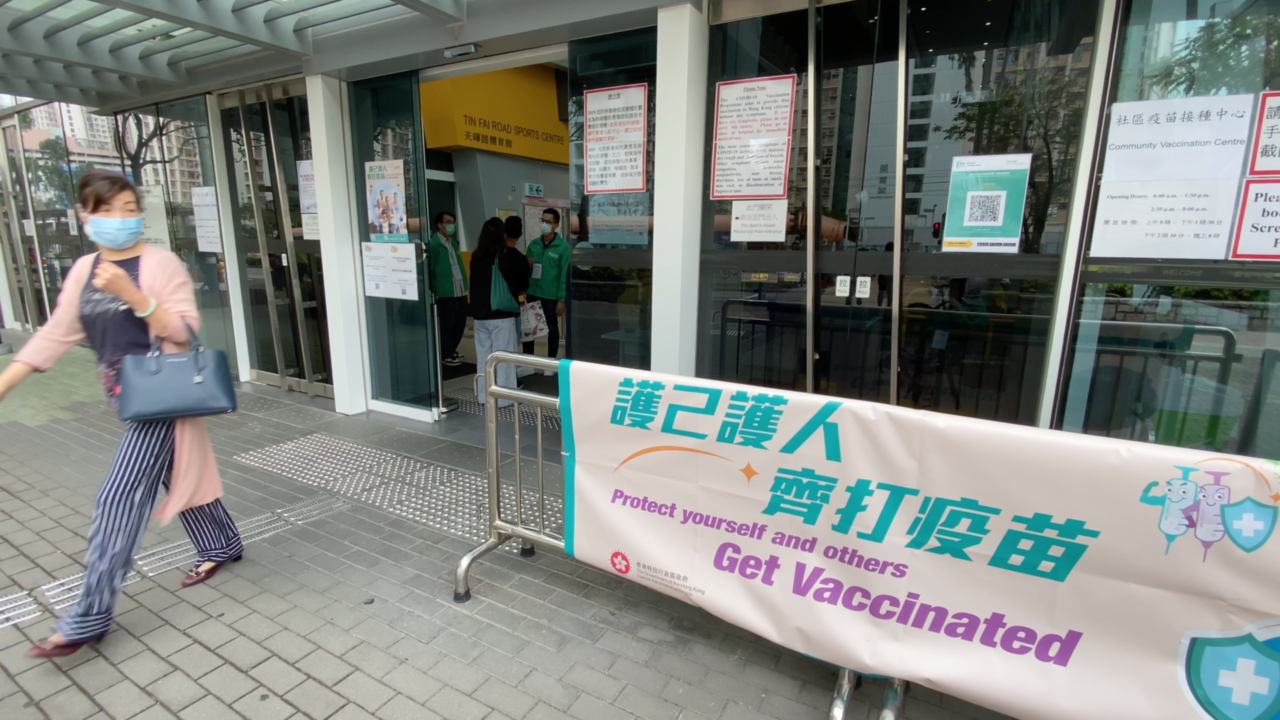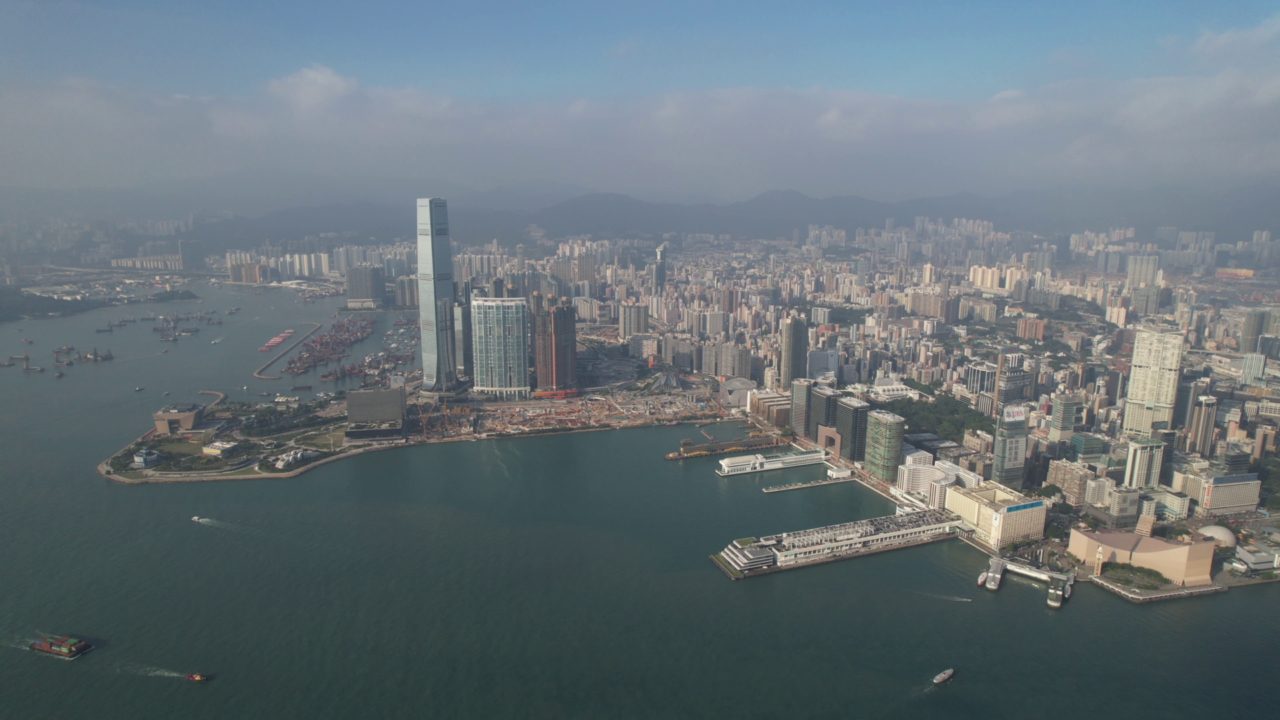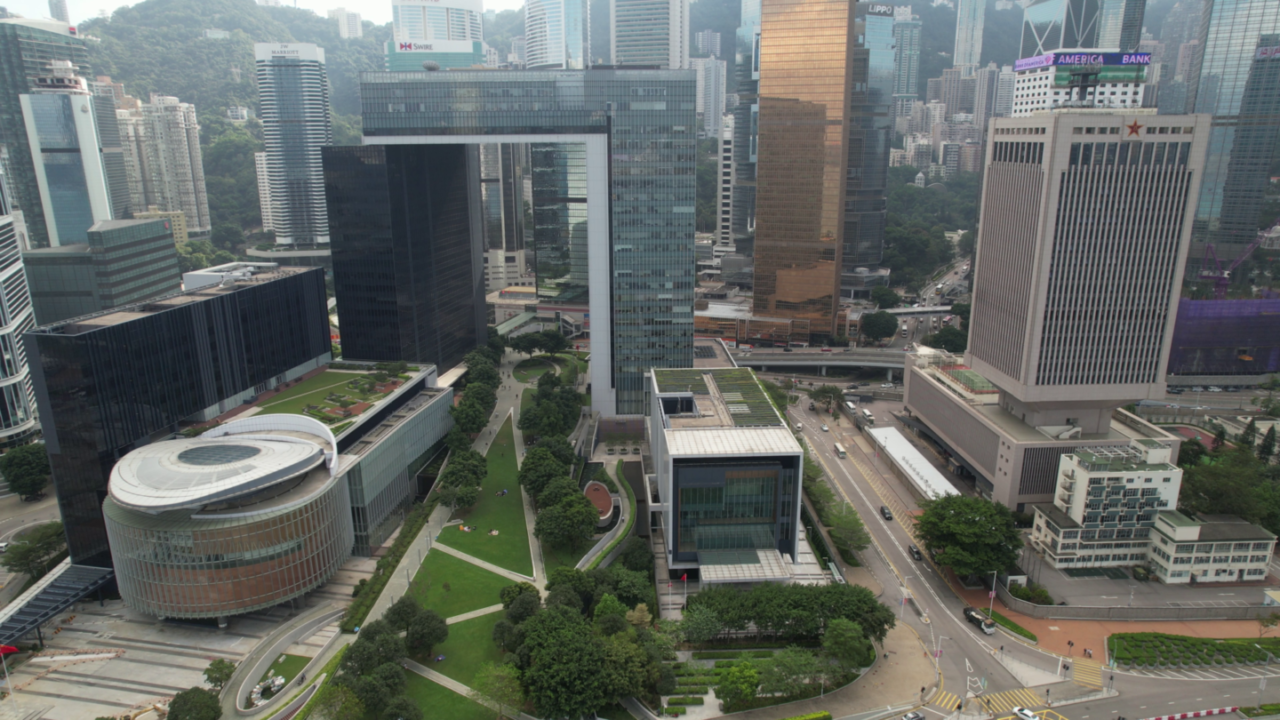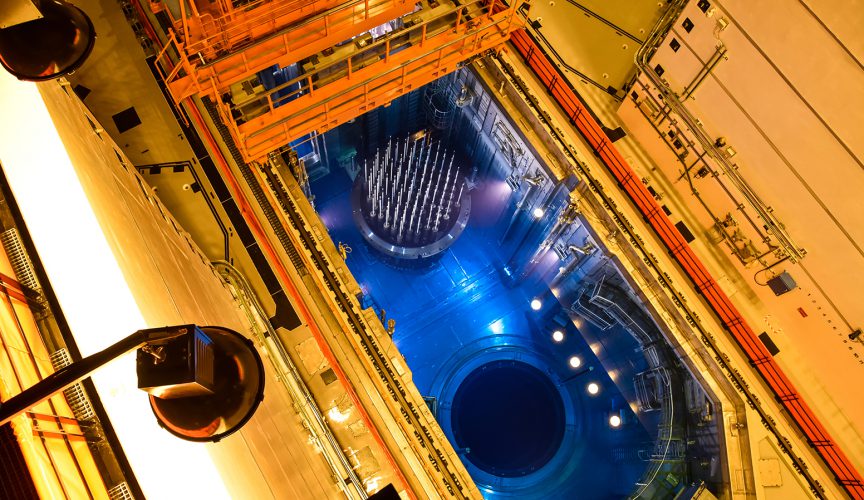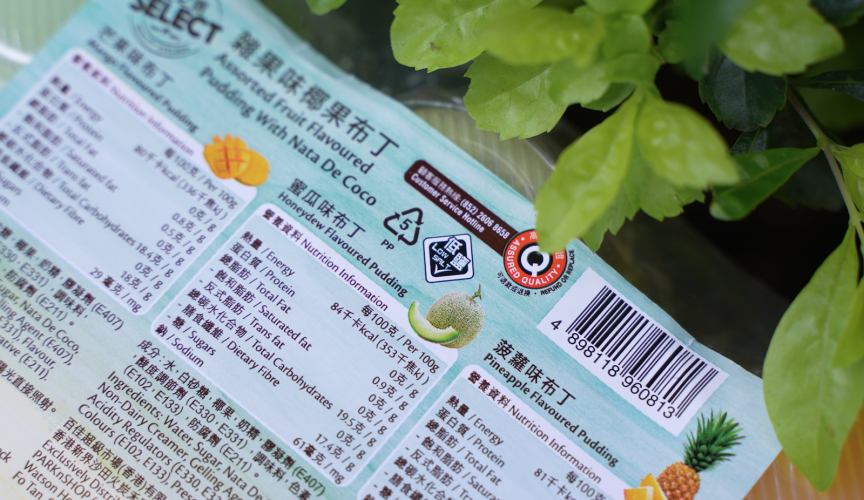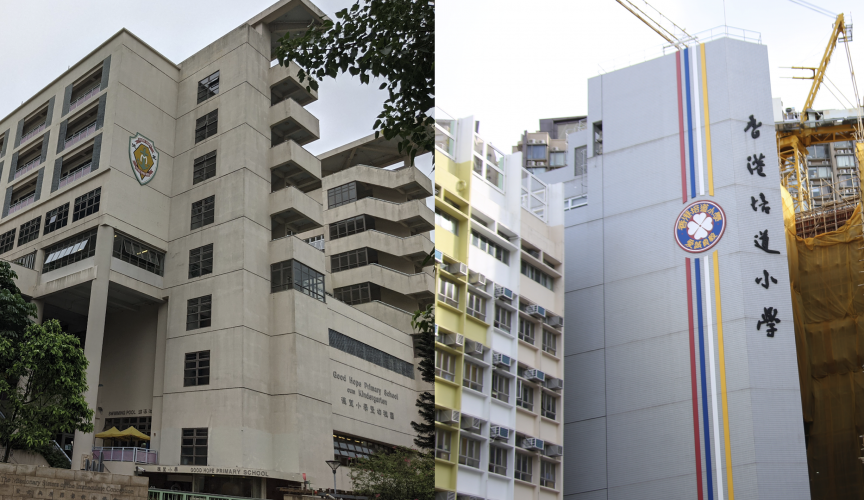Harbin Boiler, the manufacturer, apparently has faced technical challenges since as early as 2012
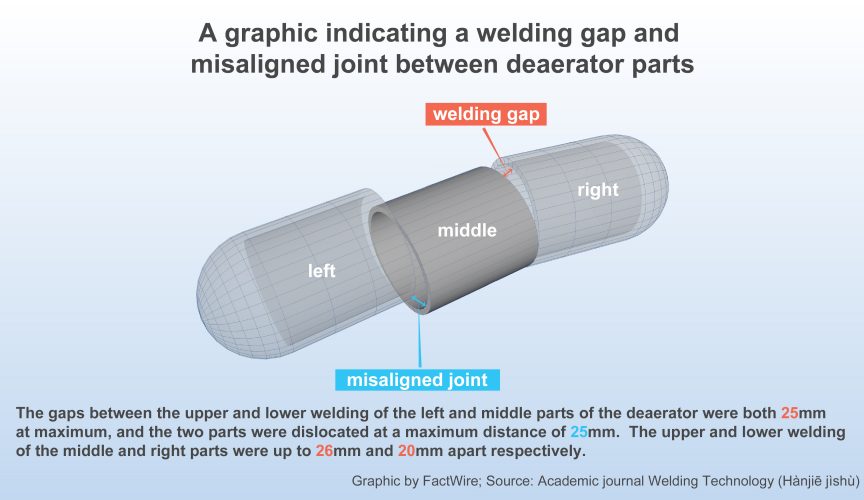
Documents show that defects with a deaerator in the generating unit 1 of Taishan nuclear power plant were known as early as 2012, following FactWire’s revelation on Tuesday that the key component cracked during performance tests.
Harbin Boiler, the manufacturer, apparently has faced technical challenges since the early stages of production, causing oversized gaps between parts of the deaerator which made it necessary to remold their shapes on site before assembly, according to a technical report written by an engineer at the manufacturer.
FactWire also found previous incidents involving deaerators at the Daya Bay and Ling Ao nuclear power plants, both of which sit about 50km from Hong Kong.
Changes in water levels inside the deaerators affected the cooling capacity of the nuclear reactor cores.
China General Nuclear Power Corporation (CGN), the developer of the Taishan nuclear project, said on Tuesday afternoon that there were ‘partial defects’ in the welding of the deaerator in question, but insisted ‘replacement work was near completion’.
In its response to FactWire’s earlier findings, the state-owned company also said that the component belonged to a conventional system that also existed in thermal power plants and therefore was not ‘nuclear safety-related’.
But a Harbin Boiler welding engineer pointed out their differences in a technical report published in the Chinese-language national academic journal Boiler Manufacturing (Guolu zhizao). He wrote that the structure and manufacturing methods of the European standard deaerator in Taishan Unit 1 were much more complex compared with standard deaerators and water tanks in AP1000 power plant reactors as well as thermal power plants.
The manufacturer also needed to pay extra efforts in production given the required higher quality standard and the fact that many production techniques had yet to be internalised by its factory.
The report also states that current Chinese techniques failed to fulfill the welding procedures required by the foreign-designed equipment, causing extensive gaps between different parts which required additional welding work on site.
The cylinder-shaped deaerator in Taishan Unit 1 is 46.6 metres in length, 4.76 metres in diameter and 3 centimetres in thickness. It was separated into three cylindrical parts for shipment from Qingdao in February 2012, but CGN later discovered extensive gaps and misaligned welding joints when it arrived in Taishan, resulting in the devising of a special welding solution to remold the problematic parts.
In another report ‘Study on On-site Welding Technique of Conventional Island Deaerator’ published in academic journal Welding Technology (Hanjie jishu), a CGN welding engineer wrote that the deaerator (in Taishan Unit 1) was large and was made by welding together curved steel plates which was only 30mm thick. Therefore it could easily be deformed during transportation and storage and cause extensive misaligned joints, which was exacerbated by precision issues on the manufacturer’s part.
It further says that the gaps between the upper and lower welding of the left and middle parts of the deaerator were 25mm at maximum, and the two parts were dislocated at a maximum distance of 25mm. The upper and lower welding of the middle and right parts were up to 26mm and 20mm apart respectively.
The report adds that the welding work scored a ‘100 percent passing rate’ and that engineers found no water leakage during a hydraulic test. Inspection confirmed that the deaerator was ‘in good shape’ after using jackscrews and fixing blocks to adjust the misaligned joints, the report says.
However, it further suggests that ‘a large amount of tension would remain on the surface of the welding gap after forceful reshaping’, which may have ‘negative impacts’ on the operation of the deaerator. (Note: ‘Tension’ refers to the rebouncing action of an object after external force is applied to stretch it.)
It later emerged that the equipment did eventually crack during performance testing and had to be replaced according to multiple sources, which FactWire has reported in Tuesday’s story.
CGN also said on Tuesday that the deaerator was not a ‘nuclear-safety related component, but technical documents published by itself apparently show otherwise.
According to the document ‘Guidance on the Operation and Maintenance of Nuclear Power Plant Deaerators’, a deaerator is a secondary coolant loop equipment that adds heat to water, so any cracks on its surface could lead to water leakage and hence changes in its water level.
The document, which lists a number deaerator-related incidents, also reveals that incidents of overheating have previously occurred at Daya Bay and Ling Ao nuclear power plants due to changes in water levels of the deaerators, causing the reactors to exceed their designed output and overheat.
In one incident, a control valve in the main steam system at Daya Bay nuclear power plant opened abnormally and caused fluctuation in the water level of the deaerator. The reactor exceeded its designed output and reached 2911MW for two minutes.
In another incident at Ling Ao nuclear power plant, the water level of the deaerator also fluctuated due to a water pump issue as a small amount of water travelled backwards to a pipe and disrupted the water level, which then initiated the condensate extraction system to counteract the change. The heat output reached 2924MW at one point.
The design thermal capacity of the reactors in Daya Bay and Ling Ao is 2895MW. In the two incidents, the plants’ heat outputs exceeded by 16MW and 29MW respectively. The document did not specify the date of the two incidents.
According to the report ‘Accident Monitoring Systems For Nuclear Power Plants’ published by the the International Atomic Energy Agency, the cooling system of a reactor could fail as a result of overheating while the nuclear fuel rods in the reactor also require enough refrigerant, such as water, to prevent them from melting. The IAEA also requires a deaerator to operate normally during a design basis accident, while it water level is also a post-accident monitoring parameters.
The Australian Atomic Energy Commission, a member of the IAEA, stated that a very rapid and uncontrolled increase in power of a nuclear reactor could release fission products, which could then cause ‘fuel melting and failure of the primary coolant boundary owing to overpressurization and overheating’.

